Results
-
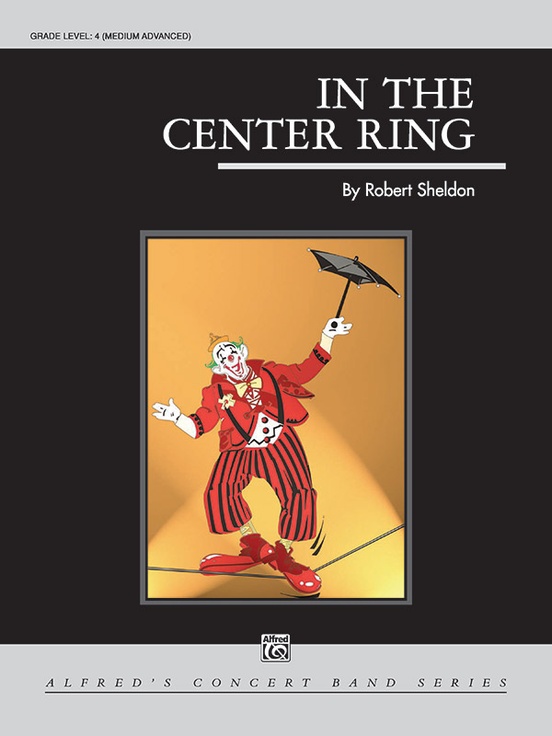 £87.50
£87.50In the Center Ring - Robert Sheldon
"In The Center Ring" was written in the autumn of 2003 for the Upper Antioch Grade School Band from Antioch, Illinois, Earl Bush, director. The piece is a musical snapshot of a circus performance, from the madcap antics of the jugglers and clowns to the elegance of the high-wire and trapeze performers. This wild musical romp is certainly a technical challenge, but is also great fun for the performer and listener alike. Above all, remember this is a theatrical piece - so emphasize the dynamics, bring out the inherent comedy and have FUN! This title is available in MakeMusic Cloud.
Estimated dispatch 3-5 working days
-
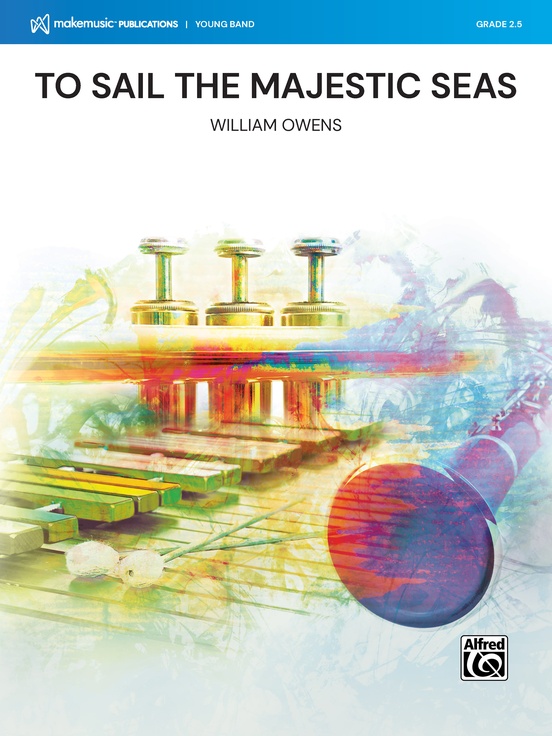 £66.95
£66.95To Sail the Majestic Seas - William Owens
Resolute and highly spirited, vividly portrays humankind's valorous endeavors to traverse the world's great waters. Moments of vigor give way to beauty and serenity before a bold ending portrays the sea at the height of its power and majesty. A seaworthy adventure by William Owens! (2:30)
Estimated dispatch 3-5 working days
-
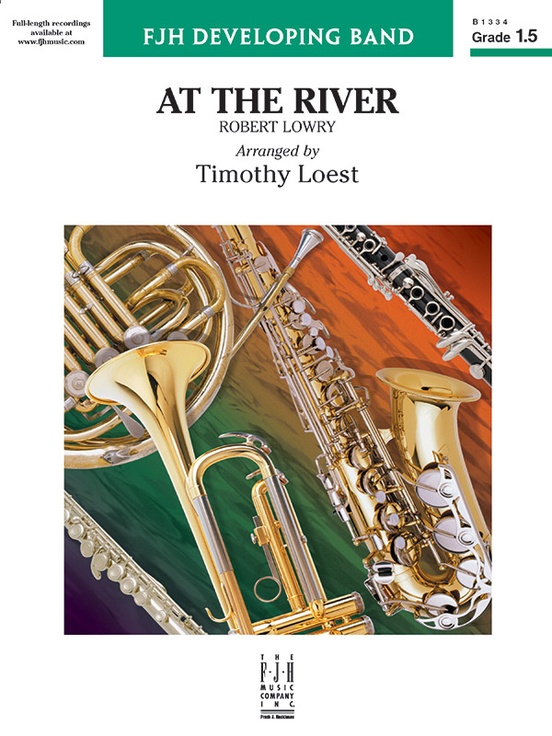 £45.95
£45.95At the River
Based on the gospel hymn Shall We Gather at the River? by American hymn writer Robert Lowry, this arrangement includes lush harmonic writing with optional drum set. A great study in musicianship, the work includes many changes in texture and dynamic contrast, and is a wonderful change of pace for your next program.
Estimated dispatch 3-5 working days
-
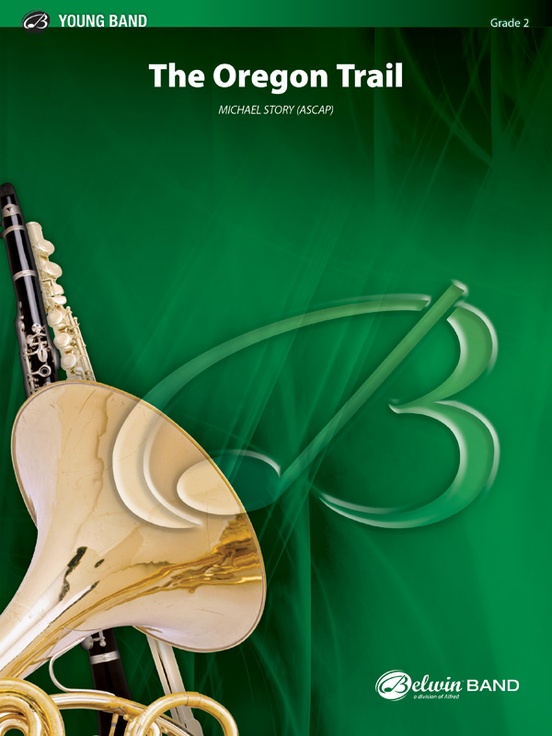 £60.50
£60.50The Oregon Trail - Michael Story
The history of our great nation was written by the pioneers who braved all the elements and hardships they faced on a daily basis. In a salute to those men and women who began their trek near Independence, Missouri, and ended it at the Columbia River region of Oregon, Michael Story brings us a sound portrait of this very important pathway. With bold sonic strokes from the winds and percussion, the work moves with energy and drive. This is an important contribution to the concert and contest literature for the young concert band.
Estimated dispatch 3-5 working days
-
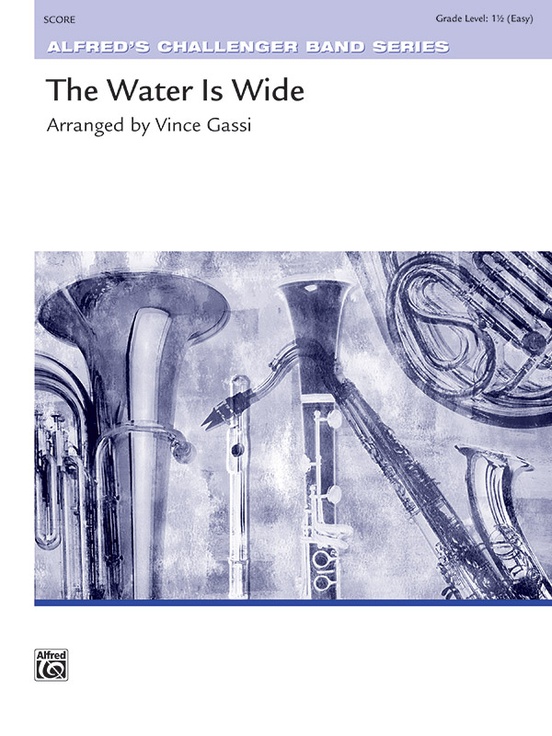 £49.95
£49.95The Water Is Wide
Although the lyrics for this folk song date back to the 1600s, it wasn't until 1906 that the song was published in . The simple melody and placid harmony provide a great opportunity for your young musicians to explore expressiveness in their performance. This poignant arrangement will lift your audience emotionally. (2:30)
Estimated dispatch 3-5 working days
-
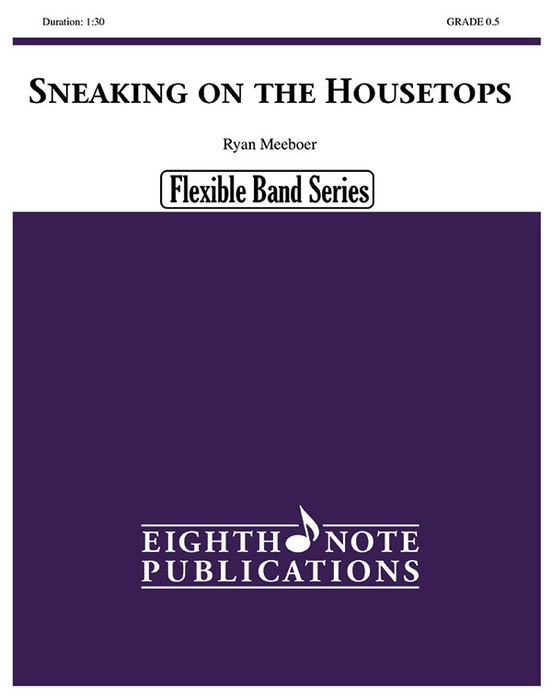 £45.95
£45.95Sneaking on the Housetops - Ryan Meeboer
provides ultimate flexibility for ensembles with incomplete instrumentation or odd combinations. These pieces are playable by as few as 5 woodwind, brass, or string players with or without percussion. This creates the opportunity for a mixed quintet to perform these titles but also allows for performance for 10-15 players up to full a band/orchestra with parts doubling. Great for music camps, contest use or any band room that has non-standard instrumentation. Have you ever wondered how Santa can get around everyone's house without making a sound? This arrangement of "Up on the Housetop" by Ryan Meeboer is a musical depiction of what it would sound like if Santa was caught sneaking around. Every instrument gets an opportunity to shine in this piece, either by playing the melody or getting short solis.
Estimated dispatch 3-5 working days
-
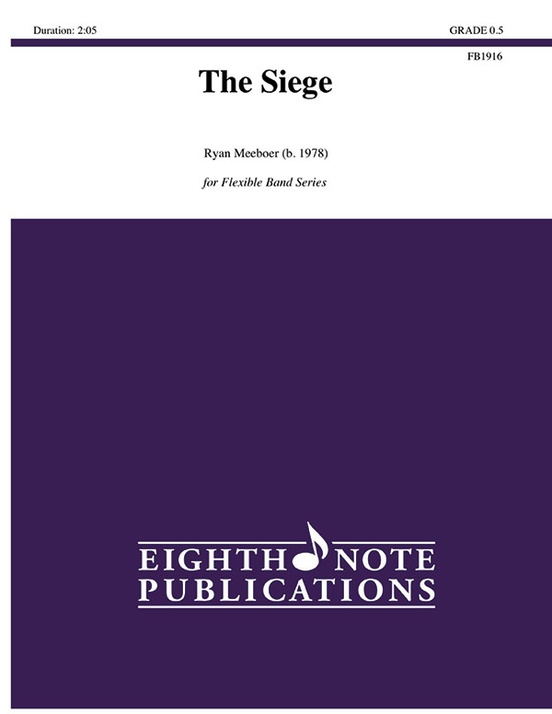 £50.50
£50.50The Siege - Ryan Meeboer
provides ultimate flexibility for ensembles with incomplete instrumentation or odd combinations. These pieces are playable by as few as 5 woodwind, brass or string players with or without percussion. This creates the opportunity for a mixed quintet to perform these titles but also allows for performance for 10-15 players up to full a band/orchestra with parts doubling. Great for music camps, contest use or any band room that has non-standard instrumentation. by Ryan Meeboer was composed to reflect a medieval scene of an army attacking a castle. It includes fun parts to play for all while they focus on using the first six notes learned in most method books. Written for flexible band. (2:05)
Estimated dispatch 3-5 working days
-
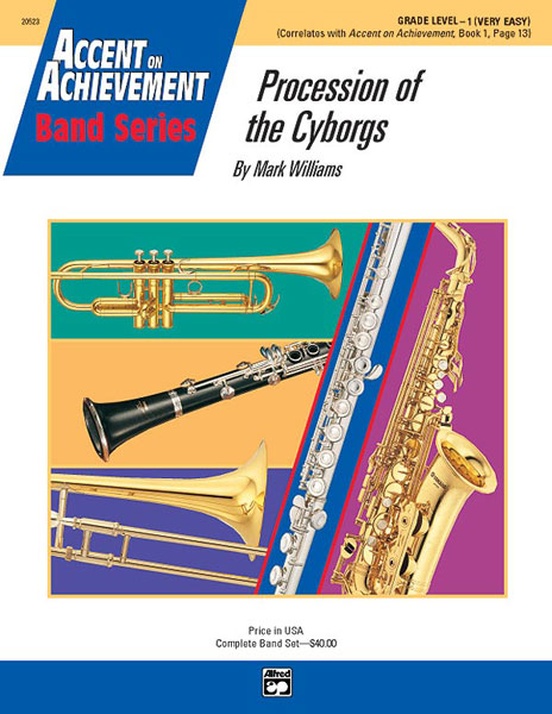 £37.95
£37.95Procession of the Cyborgs - Mark Williams
Experience the power of this exciting, yet easy original work by noted composer Mark Williams. Eighth notes are effectively used as pairs of repeated notes, keeping the rhythm exciting without great technical demands. Correlated with , page 13.
Estimated dispatch 3-5 working days
-
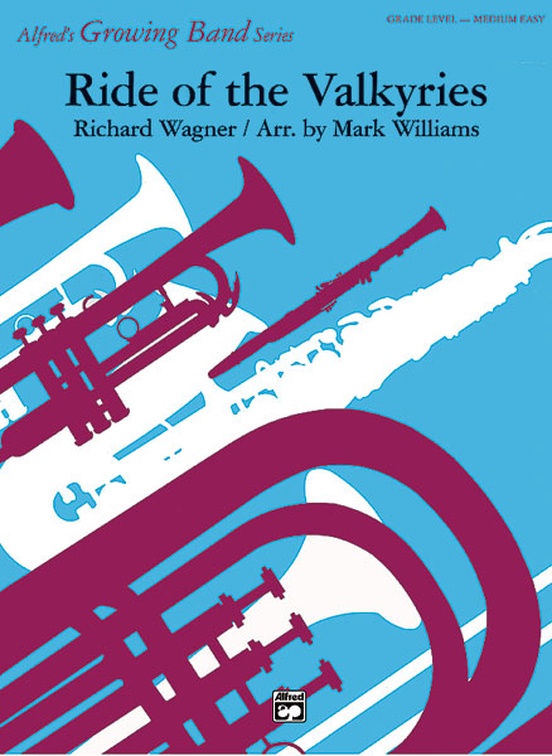 £53.95
£53.95Ride of the Valkyries - Richard Wagner / arr. Mark Williams
This arrangement of a famous Wagner composition is from the opera and is skillfully presented here for the maturing intermediate concert band. Your brass players will have a great time playing the spectacular melody, while flutes and clarinets add trills and triplet figures that create tension and excitement. Your audience will be highly impressed with this dazzling adaptation of a popular classic. (Grade 3---Medium Easy)
Estimated dispatch 3-5 working days
-
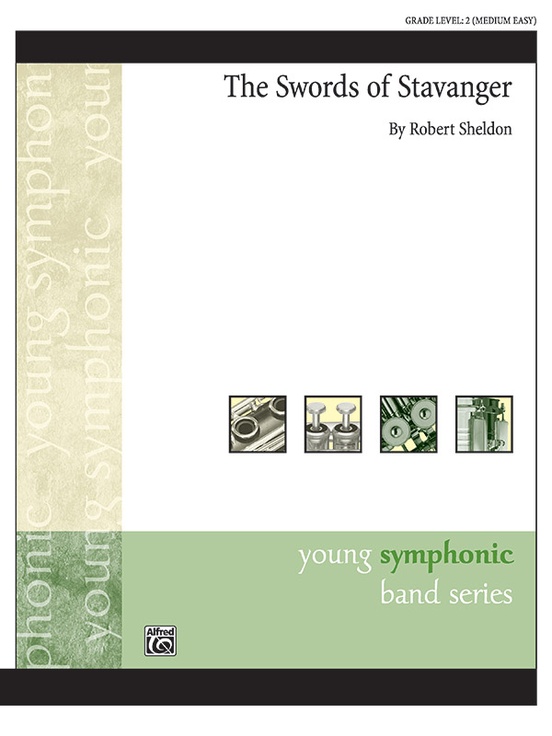 £52.95
£52.95The Swords of Stavanger - Robert Sheldon
The unification of the Viking tribes is of great significance to the people living in the southwest region of Norway. The International School of Stavanger lies only one kilometer from a small fjord called Hafrsfjord where a monument, "Swords in Stone," was constructed consisting of three large bronze swords stuck in an outcropping on the shore. The monument commemorates a battle which unified the Viking tribes of Norway under one king, Harald Hrfagre, or Harald the Fairhaired. According to legend, in 872 Harald invited the other tribal leaders to a meeting, then had his boats cut off their retreat and they battled until the other leaders submitted to Harald's rule. Harald then became the first king of Norway. seeks to provide a musical backdrop to this legend of Viking heroism and conquest. This title is available in MakeMusic Cloud.
Estimated dispatch 3-5 working days
